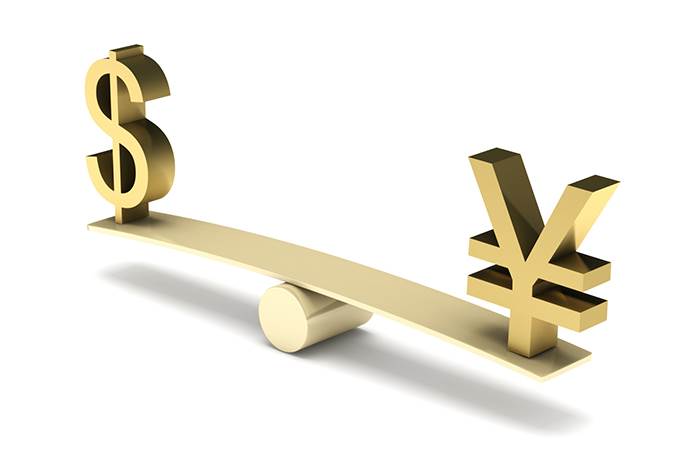 Last week, the Japanese Yen dropped 0.83 percent against the greenback, breaking a two-week gaining streak given the traders' preference for the dollar last week. The US dollar advanced 0.38 percent against a bundle of its main competitors.
Last week, the Japanese Yen dropped 0.83 percent against the greenback, breaking a two-week gaining streak given the traders' preference for the dollar last week. The US dollar advanced 0.38 percent against a bundle of its main competitors.
This week, the markets received several important pieces of information about the state of the Japanese economy. The Ministry of Finance released on Sunday the country's Foreign Reserves data, dropping to $1398.5 billion in August, after reporting it at $1402.5 billion in the previous month.
On Monday, the Cabinet Office reported the Gross Domestic Product for the second quarter. In quarterly terms, the Japanese economy contracted by 7.9 percent after dropping 7.8 percent in the previous quarter. The figure surprised the markets since the analysts' expected the economy to contract by 8.1 percent. In annual terms, the Gross Domestic Product dropped by 28.1 percent, after contracting 27.8 percent in the first quarter. The analysts expected the annualized GDP to drop by 28.6 percent.
The preliminary Coincident Index, which signals the current state of the economy, showed an expansion of the economic activity in July, at 76.2, after being at 74.4 in the previous month. Nevertheless, the figure was below the analysts' expectations, who foresaw it to be at 79. The preliminary Leading Economic Index for July, which also signals the Japanese economy performance, was at 86.9 after being at 83.8 in the previous month. The figure was way over the analysts' expectations, who foresaw it to be at 84.6.
The Ministry of Health, Labour, and Welfare published the Labor Cash Earnings, which in yearly terms contracted by 1.3 percent in July, after dropping by 2 percent in the previous month, way below the analysts' expectations, who foresaw it to be at -1 percent. The Ministry of Internal Affairs and Communications reported that Overall Household Spending contracted by 7.6 percent in July (year-to-year), after dropping 1.2 percent in the previous month. The figure was way below the analysts' expectations, who foresaw a 3.7 percent contraction.
The Ministry of Finance reported that the current account registered a deficit in July, at 1468.3 billion yen, after amounting to 167.5 billion yen in June. The analysts expected it to be higher, at 1868.6 billion yen. The Customs Office published the Trade Balance data, which stood at 137.3 billion yen in July, advancing from June's figure, which registered a deficit at -77.3 billion yen. The analysts expected a deficit at -181.3 billion yen.
The Bank of Japan released its Bank Lending figure, which climbed 6.7 percent in August after gaining 6.4 percent in July and over the analysts' expectations who foresaw it to gain 6.3 percent.
On Wednesday, the Cabinet Office published its Eco Watchers Survey, reporting an improving outlook at 42.4 in August, compared to the previous month's 36 and way over the surveyed analysts' expectations, who foresaw it to be at 28.2. The current assessment stood at 43.9 after being at 41.1 in July and way over the analysts' expectations, which was at 33.3.
Markets also learned, thanks to information released by the Bank of Japan, that the money supply expanded by 8.6 percent (year-to-year) in August, after increasing by 7.9 percent in July. Surveyed analysts expected it to expand by 8.4 percent.
